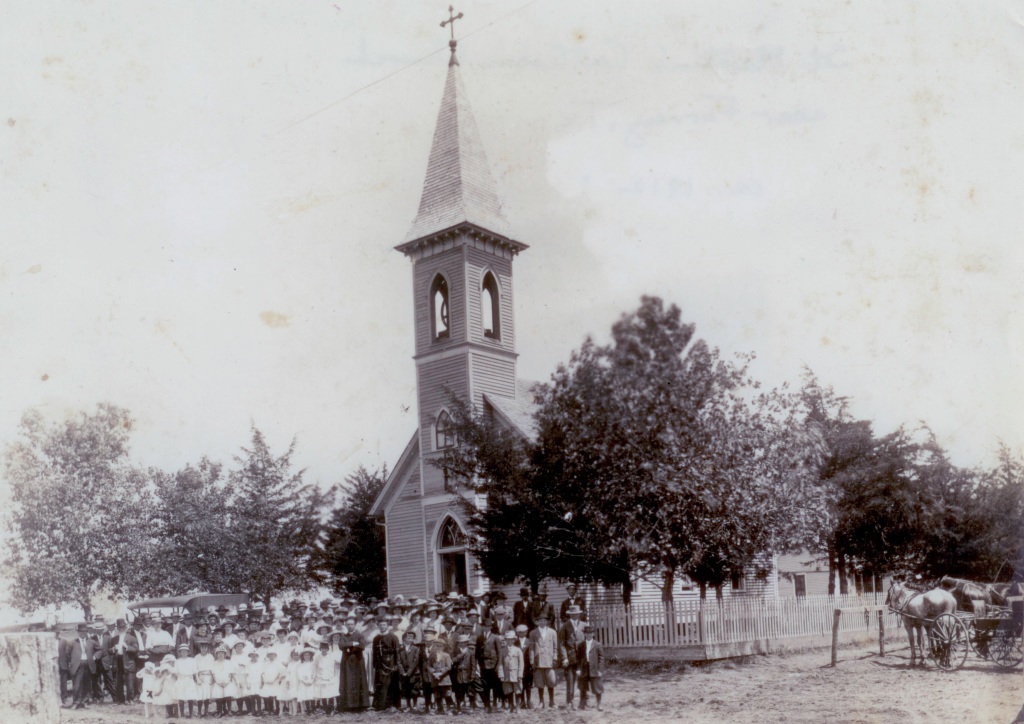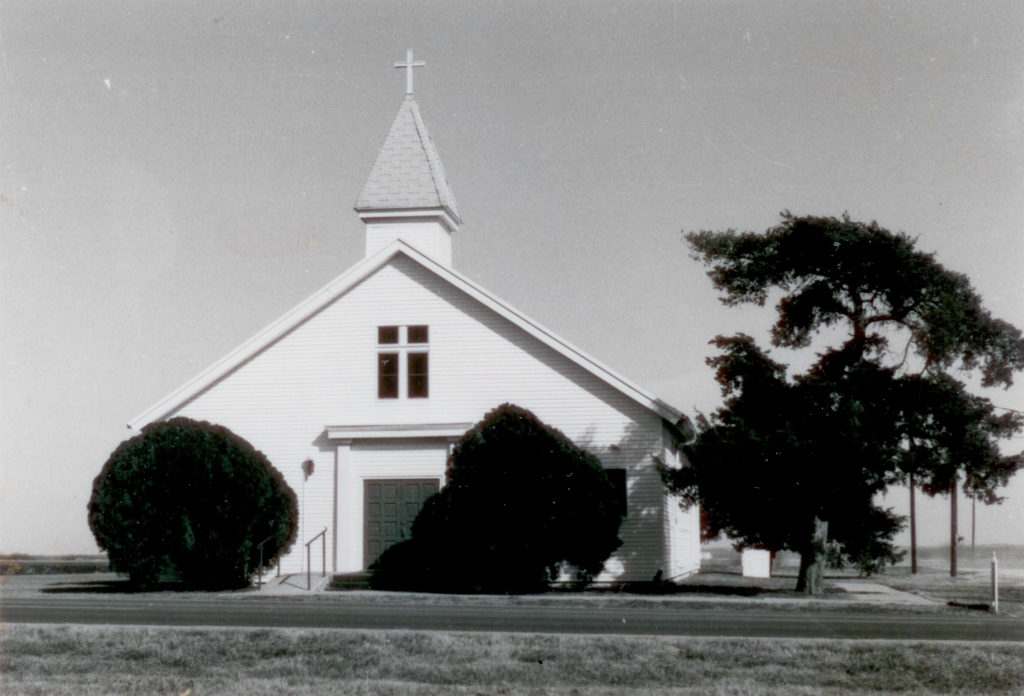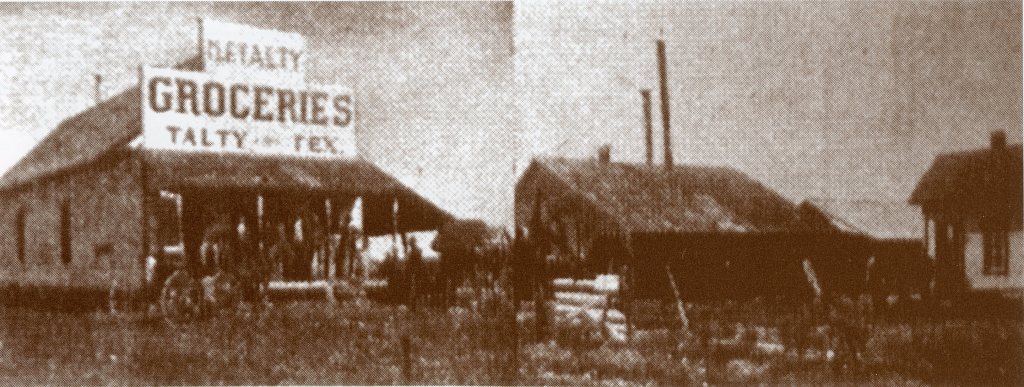
It’s St. Patrick’s Day this week. For most people this is a fun day to wear green, watch a parade, partake of libations, and generally have a good time. For Irish Catholics and others the day holds a more meaningful significance commemorating St. Patrick and the arrival of Christianity in Ireland.
I fall into the former category. I’m Irish but not Irish Irish. I’m an American mutt who’s probably more Irish than anything else and at least 3 generations removed from anyone born in the old country. And I’m not Catholic. Basically I don’t have any plans to celebrate on the 17th unless I happen to have potatoes for dinner.
But the Forney area has a strong connection to the Irish, or at least it used to. Talty, which is just south of town on 1641, was settled by so many Irish immigrants that the area was called Irish Ridge.
In 1873 when the Texas and Pacific railroad made its way across Kaufman County, many of the laborers were first or second generation Irish immigrants. When construction of this section of line ended, several of these Irish workers and their families chose to build permanent homes in the area between Forney and Terrell. The land was good blackland prairie soil which made it very conducive to growing hay and cotton. Within just a generation or two some of the descendents of the early Irish Ridge settlers were among the most prosperous famers, merchants, and bankers in and around Forney.
In Forney Country, Jerry Flook lists the names of the earliest Irish settlers as the Layden, Maloney, Vaughn, Spellman, and Collins families. A little later came the Adams, Brennan, Cochran, Costello, Dennehy, Glynn, Henry, Higgins, O’Connor, Sline, and Talty families.
Irish Ridge was a tight-knit community. Irish immigrants in the northeastern US often encountered prejudice and discrimination and were widely viewed as poor and uneducated second-class citizens. For these reasons and others the Irish often settled close together where they could live and worship together. In Irish Ridge, the Catholic diocese established a parish in 1891 and built St. Martin’s Church. In 1901 the St. Martin Convent and Academy was established next to the church and administered by the School Sisters of Notre Dame. The boarding school closed in the summer of 1945.
After World War II when populations shifted from rural to urban areas, the “Irishness” of Irish Ridge declined. Old families moved out and eventually new families moved in. Sometime between the late 1950s and the early 1970s people stopped calling the area Irish Ridge and referred to it as Talty. Talty actually was a slightly different area centered around Mike Talty’s general store established circa 1900 near the intersection of Talty Road and FM 148. But the name Talty took hold over the nearby area, too, and was in use well before Talty officially incorporated in 1999 with an in-city-limits land area of 4.0 square miles.
Connections to the town’s Irish heritage have waxed and waned over the years. St. Martin’s Catholic Church still sits at the intersection of 1641 and Interstate 20. A new subdivision called Shamrock Ridge Estates was built on 1641 south of Helms Trail. The subdivision features streets named after early Irish Ridge families like Delaney Lane and Dennehy Drive plus more overtly Irish nods in Clover Lane, Dublin Drive, Shamrock Circle, Limerick Lane, and even St. Patrick’s Drive.
How did Irish Ridge inhabitants celebrate St. Patrick’s Day? According to reports from local historian Pat Costello, it was a major all-day event at the turn of the century. St. Martin’s held a special mass. Resident Michael Collins (b. 1884) recalled that after mass the Irish parishioners went from house to house, “celebrating with whiskey and Gaelic dance until the small hours of the morning.”
Today there might not be all-night parties and dancing in the streets, but I hope at least a few residents of old Irish Ridge say “sláinte” in memory of its founders this Tuesday.
As always, feel free to share your thoughts on Irish Ridge or other Forney area topics on our facebook page.
Thanks,
Kendall
For this post and many others, I’ve borrowed liberally from Jerry Flook’s book Forney Country. The section specific to Talty begins on page 276, and the section I quoted is on page 277. Copies of the book are available in person at the museum (please call first to make sure I’m there) or via our website.




